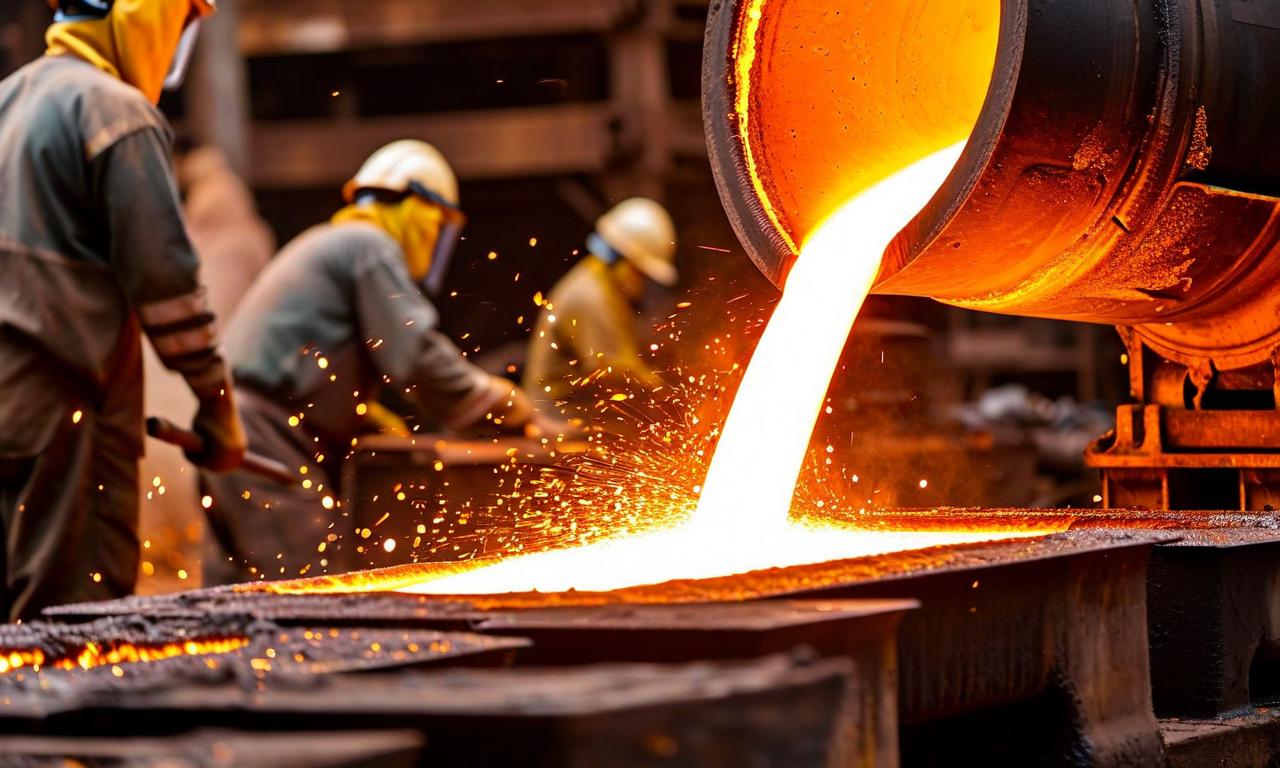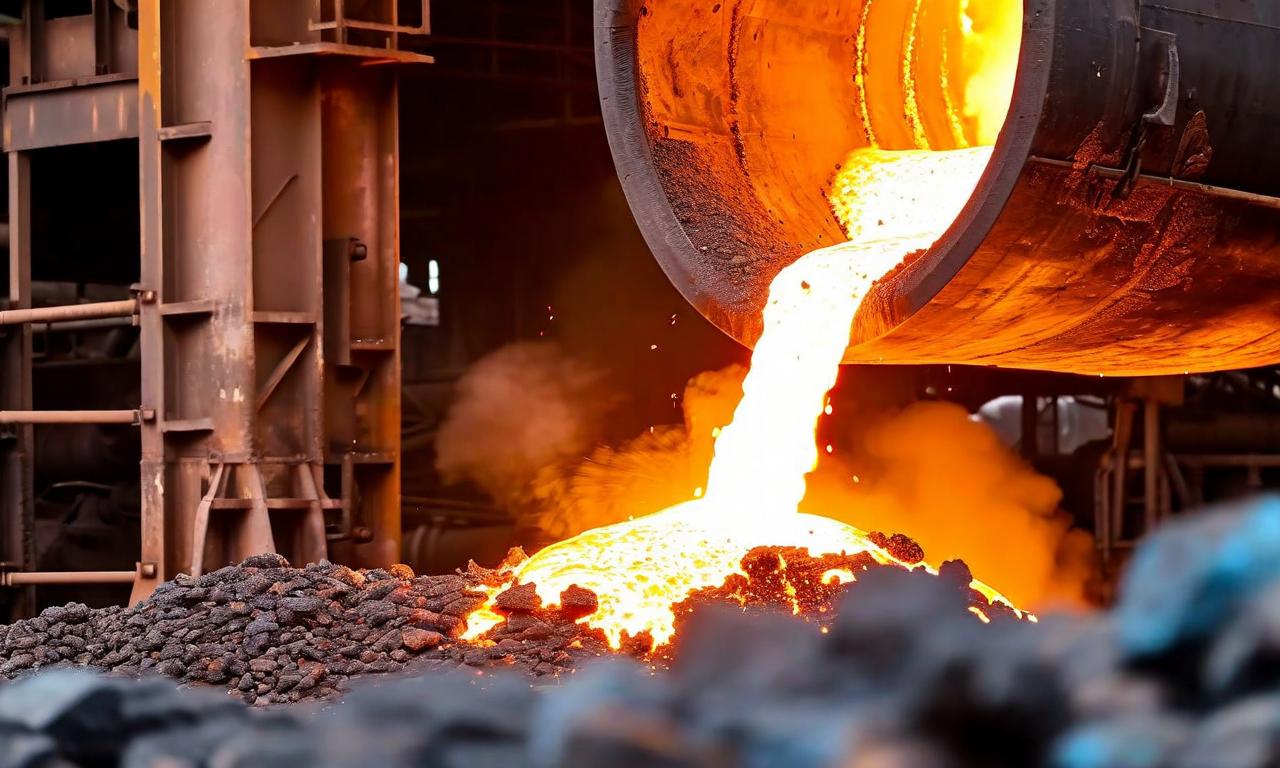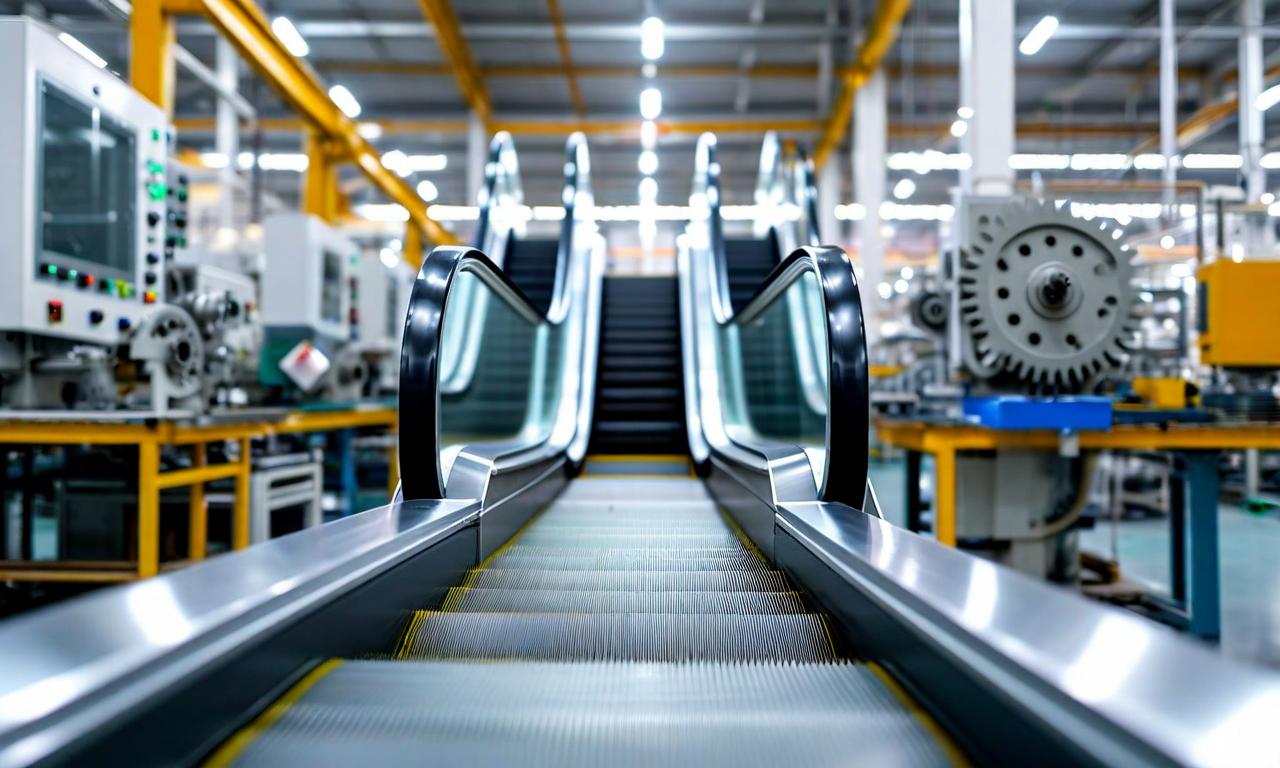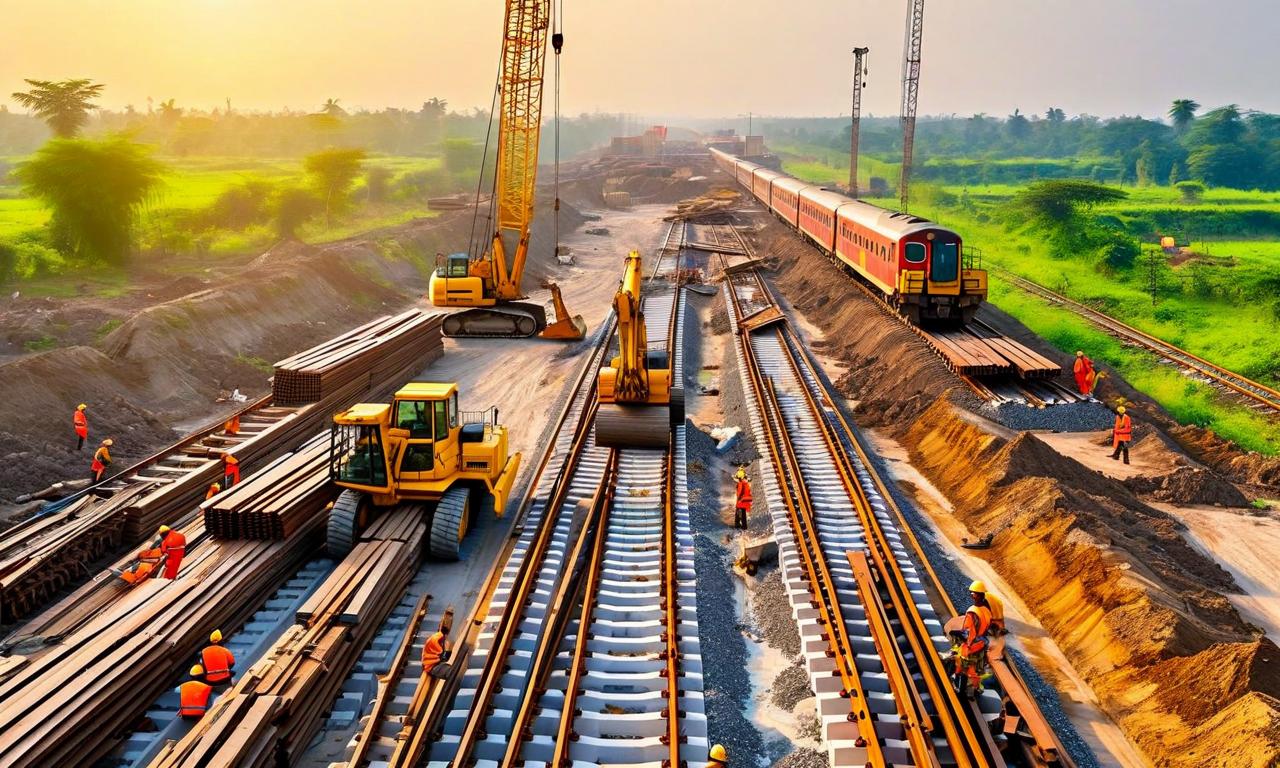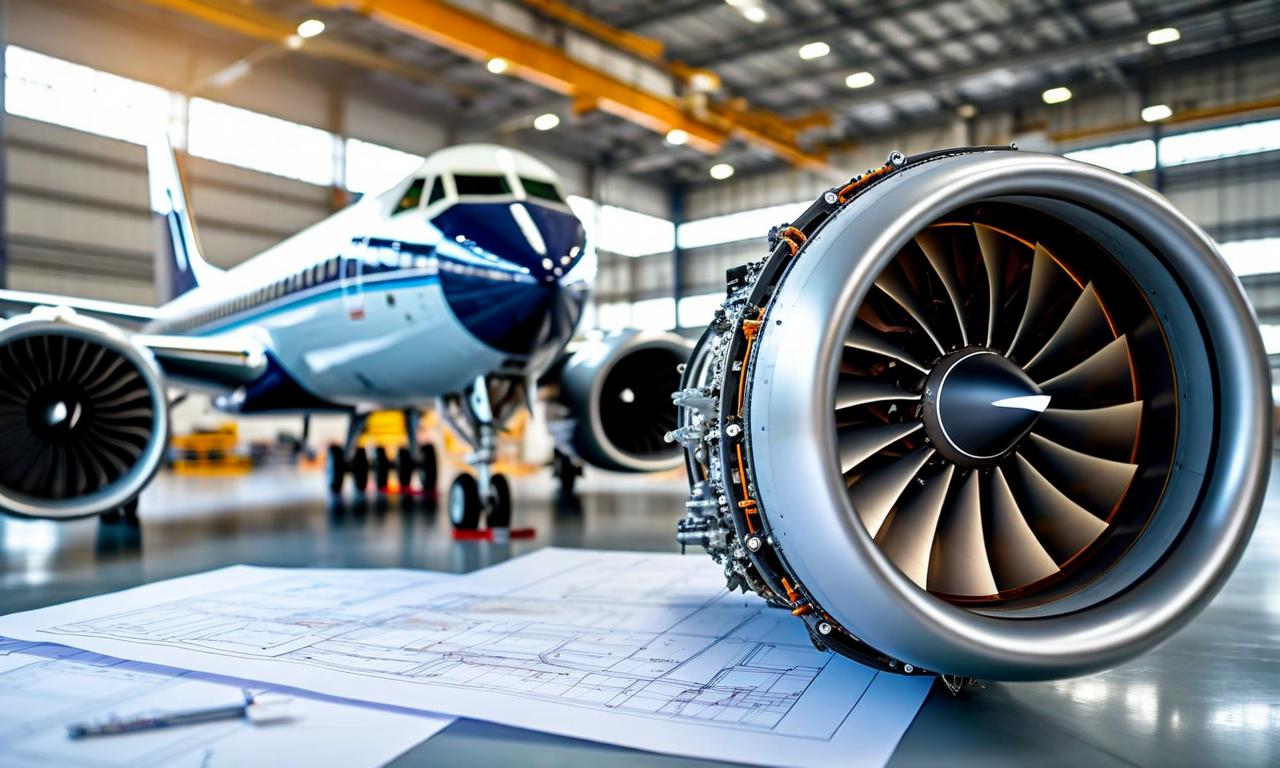India Aims for 300 Million Tonnes Green Steel Production by 2030, Countering EU Carbon Tax
India has set an ambitious goal to produce 300 million tonnes of green steel by 2030, with 50 million tonnes targeted for export. This initiative is in response to the EU's upcoming Carbon Border Adjustment Mechanism. The government is implementing a five-star rating system for steel manufacturers and has launched five pilot projects for green hydrogen in the steel sector. Financial commitments include nearly ₹20,000 crores distributed under the Green Hydrogen Mission and incentives for electrolyser manufacturing. The government aims to reduce green hydrogen costs to under $2 and has seen green ammonia auction costs drop to ₹49.75 per kg. This initiative is expected to reduce carbon emissions by 50 million tons and create 6 lakh jobs.

*this image is generated using AI for illustrative purposes only.
In a significant move towards sustainable steel production, India has set an ambitious target of 300 million tonnes of green steel production by 2030. This initiative comes as a strategic response to the European Union's impending Carbon Border Adjustment Mechanism, which will impose tariffs on steel imports based on their carbon content.
Government's Push for Green Steel
Minister of New and Renewable Energy, Pralhad Joshi, has urged steel manufacturers to accelerate green steel production with a five-star rating system. This push is aimed at avoiding potential export barriers arising from carbon taxes in international markets.
Key Targets and Initiatives
- Production Target: 300 million tonnes of green steel by 2030
- Export Goal: 50 million tonnes of green steel exports by 2030
- Green Hydrogen Projects: Five pilot projects underway in the steel sector
- Green Hydrogen Hubs: Development of seaports at Kandla, Paradip, and Tuticorin
Financial Commitments and Incentives
The government has demonstrated its commitment to the green transition through substantial financial allocations:
- Nearly ₹20,000 crores distributed under the Green Hydrogen Mission
- Incentives awarded for 3,000 MW of electrolyser manufacturing
Cost Reduction Goals
The government aims to significantly reduce the costs associated with green hydrogen production:
- Target: Bring green hydrogen costs to under $2
- Green Ammonia: Auction costs have dropped from over ₹100 per kg to ₹49.75 per kg
Environmental and Economic Impact
The green steel initiative is expected to have far-reaching effects:
- Carbon Emission Reduction: 50 million tons
- Job Creation: 6 lakh jobs through 125 GW capacity addition
Global Context
This move by India is particularly significant in light of the EU's Carbon Border Adjustment Mechanism. By focusing on green steel production, India is positioning its steel industry to remain competitive in the global market while also contributing to environmental sustainability.
The shift towards green steel production represents a major step in India's commitment to reducing its carbon footprint while maintaining its position as a key player in the global steel industry. As these initiatives unfold, they are likely to reshape the landscape of steel production not just in India, but potentially on a global scale.
